A Plane is a Pocket in the Corners of the Mind
Maker’s Mark
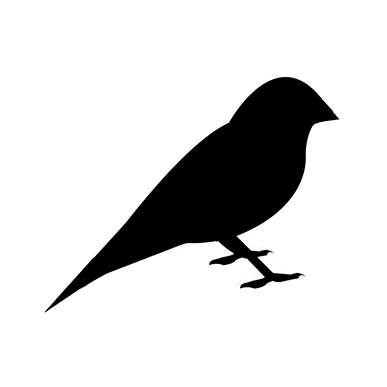
Light and space are important to my work. I think about the light that emanates from a digital screen and also from the burning embers of a fire — both things that we stare at — often transfixed. I see the space of the stark frontality of my laptop with many windows open, each one a thin slice of virtual space in front of the next. There is also the bodily experience of space. The sense of space felt from my body to the wooden chair across the table, the space from my body to the window, the space from my body to the oak tree, the space from my body to the neighbor’s house. Each one object is further from my body than the next, allowing me to feel the space.
In the summer of 2013, I enjoyed two months as the Artist in Residence at The Chinati Foundation in Marfa, Texas. As I anticipated my time in west Texas, I knew I would see light as never before. While this was true, it was not in the way that I expected it. I relished the fully illuminating mid-day light of west Texas that I had heard so much about. However, it was the afterimages of staring at the landscape and buildings scattered across it that captivated my attention. It was clear and blinding at the same moment. Seeing and not seeing.
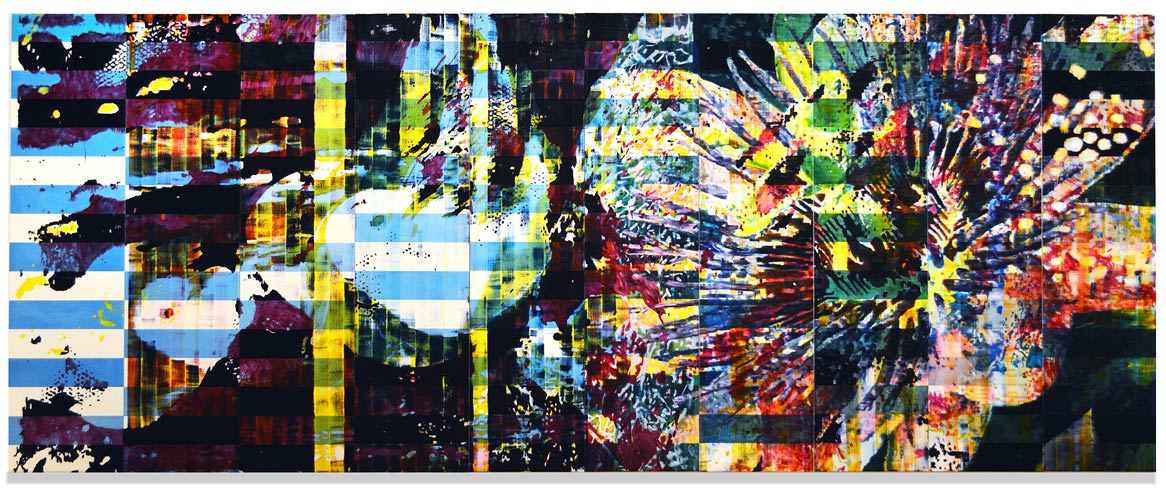
After the summer in Marfa, and experiencing this intense light and the wide-open landscape, I returned home and began working on small vertical paintings measuring 11 x 8 inches. I needed a more confined environment to process the open space and staggering light that I had experienced the past summer. I made this series of work in the small dimly lit back room of my studio.
To make these paintings I used a stock photo of a family of three gulls (Black Footed Kittiwake), nesting on a cliff, as a starting point. I photocopied and recombined the image to make collages. The collages then led to these small scale abstract paintings. I kept thinking of Constable‘s Study of the Trunk of an Elm Tree. His oil study on paper shows the solid trunk of an elm tree so seemingly unexceptional, yet absolutely potent. The intense blinding light and expansive sense of space around Marfa haunted my thoughts. I wanted the touched surface of the Constable study and also wanted something like the light from the high desert. It made sense to make these small densely pigmented paintings with a touched and attuned surface that recalled the radiantly blinding light that I had experienced in west Texas. Each painting was roughly the size of a book or a person’s face. These paintings are intimate yet discordant.
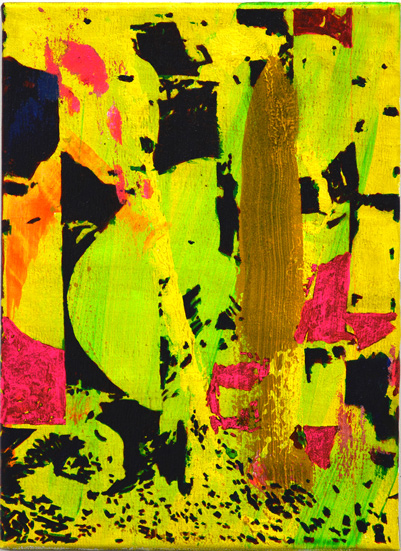
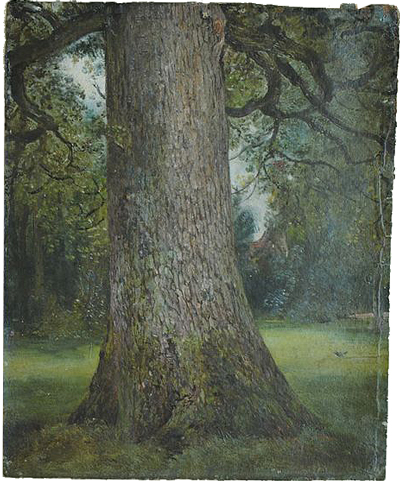
After completing this group of small works I began thinking about how a shift in scale would address the immensity of space I experienced in Marfa. I wanted to take what I learned from the series and apply it to a larger work. Up to this point a vast majority of my work was vertically oriented and by all appearances primarily abstract. I preferred the vertical, because it alludes to portraiture, the body, mirrors, windows, and the written page. As I began working on A Plane is a Pocket in the Corners of the Mind, I returned to the photo image of the family of three gulls. Rather than placing it vertically oriented, I took the image and rotated it ninety degrees counter clockwise. I was laying it down on its side from a vertical to a horizontal orientation. Rest, repose, or death. On the right side of the painting is a distorted image derived from a photo of a passionflower, a quite alien looking flower, exquisite and otherworldly. Like so many flowers the passionflower is overburdened with symbolism, almost to the point of symbolic exhaustion.
Running throughout the expanse of the painting A Plane is a Pocket in the Corners of the Mind, is an elongated grid that both pulls the source images together, but also acts as noise to obscure/abstract the gulls and passionflower images underlying the painting itself. This grid organized the painting as I was working on it. It is also what begins to de-stabilize the photomechanical images of nature that were the genesis of the painting. It both maps and illuminates, but it also blinds.
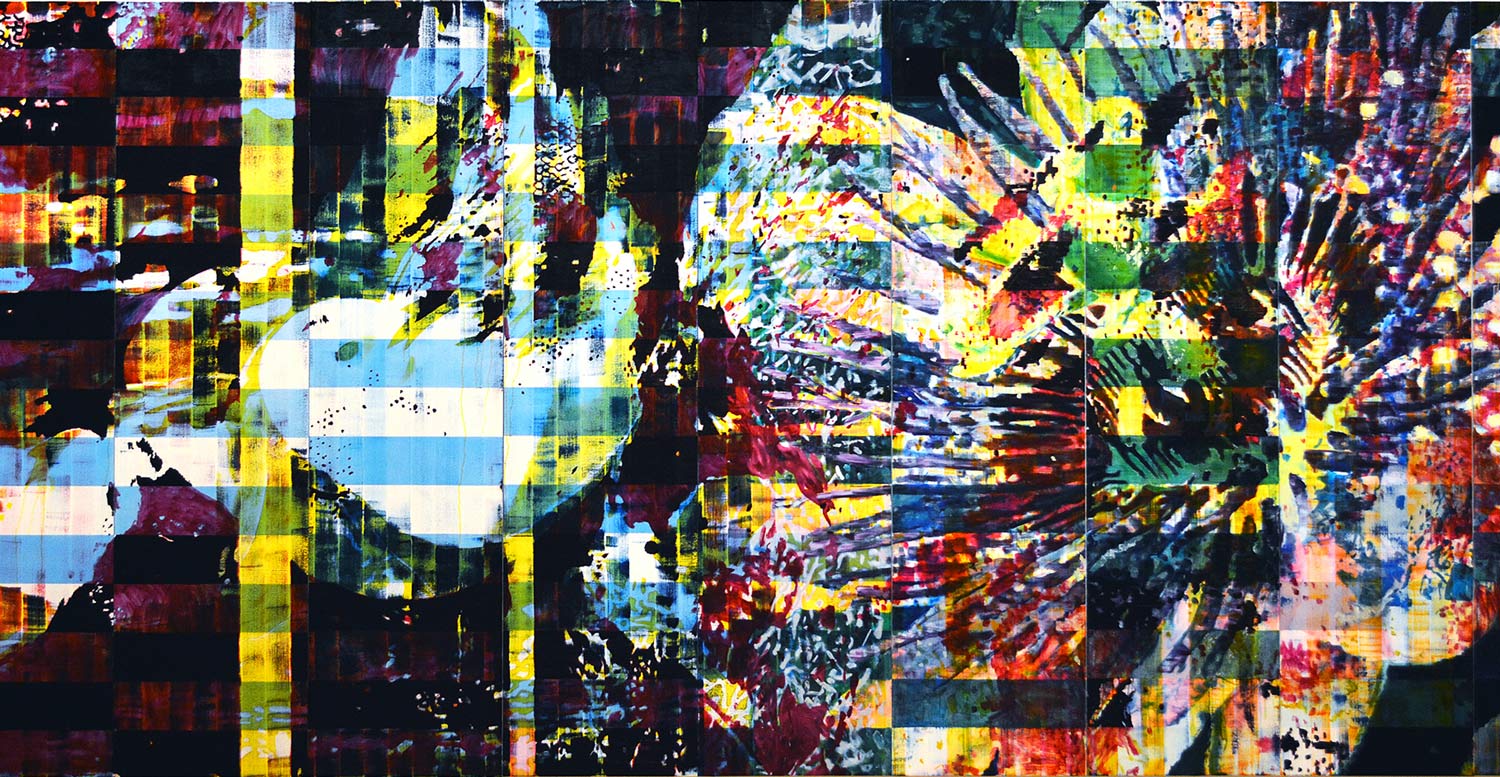
As I sit here staring/typing at my computer, the world is not far from my fingertips, a vast landscape of burning embers and afterimages. The turn toward the horizontal format opened up the chance to emphasize the body not as mirrored in the vertical of a canvas, but rather in the body moving in front of the canvas as the painting is scanned simultaneously by the body and the eye. Barnett Newman’s Who’s Afraid of Red, Yellow, & Blue IV comes to mind as a painting where the body and eye scan and relate to the actual-sized canvas. A Plane is a Pocket in the Corners of the Mind from the outset is meant to be seen and to be bodily felt.
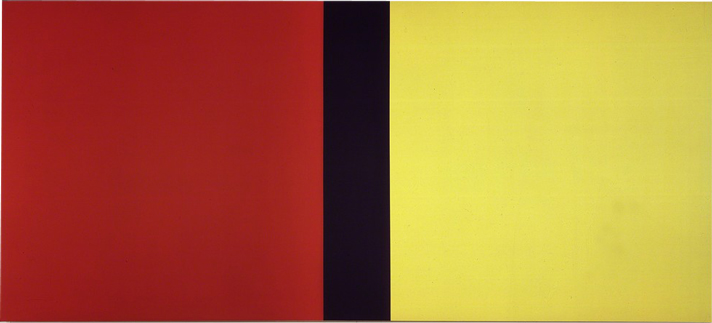
+
It becomes impossible to completely take in A Plane is a Pocket in the Corners of the Mind, because of its long horizontal format and over all scale. One can see it up close and not perceive its entirety. If one stands back thirty feet, one can get a sense of its overall composition, but loose surface details. There are the wonders and limits of vision at stake, as well as the objecthood of a painting as a presence in a room that one’s body has to recognize and negotiate.
Taking on this size and scale of painting opens up a stronger link between the painting and how the body relates to it. From the intimate book/face size canvas to the nearly cinematic A Plane is a Pocket in the Corners of the Mind, the experience has led me to think intensely about the experience of the body scanning the painting, as one moves around the painting. At the moment I am working on six new paintings that are meant to be viewed in the round, and also contribute to the overall architecture in the room in which they will be exhibited. These new paintings literally become walls, screens, skins, dissecting planes. The imagery and the light are brought together. The objectness of the painting cannot be denied. The size of these paintings and the light in them cannot help but make one aware of one’s own body and by extension one’s own place within the space where these paintings are encountered.

Jered Sprecher: Outside In opens 27 January 2017 (through 16 April) at the Knoxville Museum of Art.

